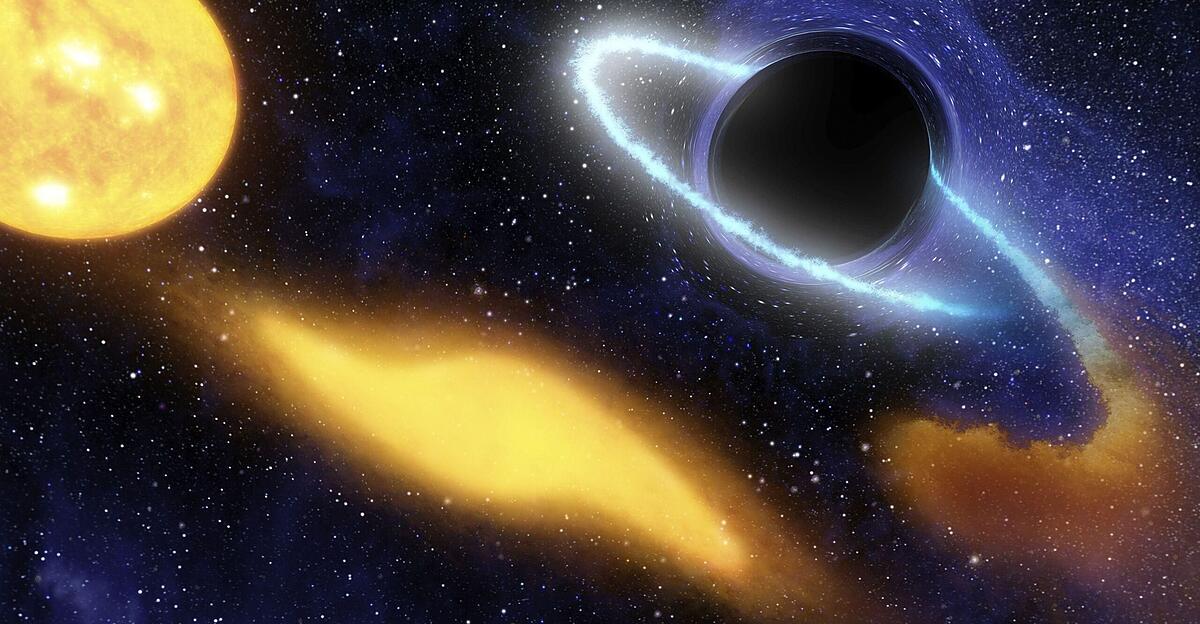It formed very soon after the Big Bang, a discovery astronomers say could lead to new theories about the formation of black holes, according to a study published Wednesday in the journal Nature.
According to this, the black hole swallowed its host galaxy GN-z11 – once known as the Cosmic Dawn – just 430 million years after the universe began. It is 200 million years older than all supermassive black holes ever discovered, study co-author and astronomer John Schultz of the University of Cambridge told the AFP news agency. The question of how it was able to grow so quickly after the Big Bang 13.8 billion years ago will provide new information for the “next generation of theoretical models” about the formation of black holes, Scholtz said.
Black holes have such a strong gravitational pull that even light cannot escape. Like all black holes, the newly discovered black hole is invisible and can only be detected by the powerful bursts of light that occur when it swallows matter, the study continued.
It was this light that helped the Hubble Space Telescope discover its host galaxy GN-z11 in 2016 – the oldest and most distant galaxy at the time. However, Hubble did not find the black hole at the center of the galaxy.
Formed by the explosion of massive stars?
Typically, black holes in galaxies take hundreds of millions—if not billions—of years to form. Study co-author Stephane Charlotte, an astrophysicist in Paris, now suspects that black holes may have formed in a different way in the early days of the universe than later.
For example, Charlotte said, they could have been formed by the explosion of particularly massive stars that existed only in the early universe. Alternatively, they may have formed “by direct collapse of a dense gas cloud without going through the star formation phase”. The hole may swallow a lot of gas around it, causing it to grow faster.
Scholtz emphasized that everything known so far about the GN-z11 galaxy's black hole “doesn't rule out any of these scenarios.” The scientist hopes that other telescopes, such as Webb and the European Space Agency's Euclid telescope, will find even more black holes from the early days of the universe.
The James Webb Telescope, built with German participation, will be launched in December 2021 after decades. It is now one and a half million kilometers from Earth.
It explores the early days of the universe, a few hundred million years after the Big Bang, 13.8 billion years ago. Astronomers hope to draw conclusions about the formation of the first stars and galaxies.


